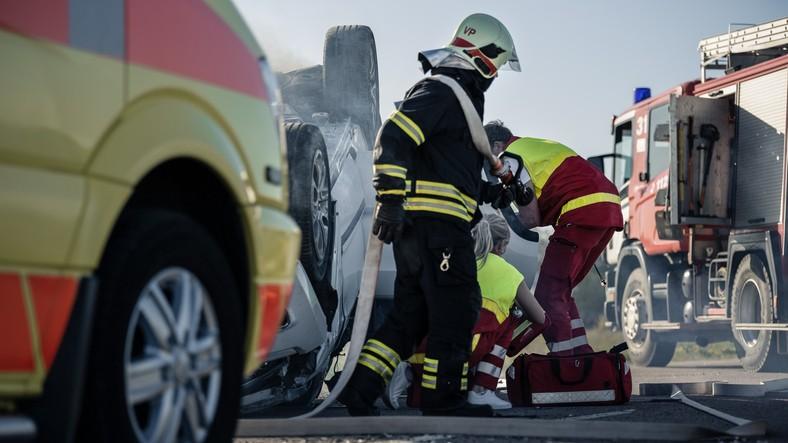Our Atlanta personal injury attorneys at Ashby Thelen Lowry know that Georgia’s traffic patterns vary widely due to the state’s diverse geography, mix of urban and rural areas, and position as a central transportation hub in the Southeast.
In bustling cities like Atlanta, heavy congestion during rush hours and high volumes of interstate traffic contribute to dense, slow-moving traffic, while rural areas experience lighter traffic but higher speeds on open roads.
Georgia’s extensive network of interstates, highways, backroads, seasonal tourism, and frequent road construction creates a complex and fluctuating traffic environment across the state.

This variation in traffic patterns impacts everything from daily commutes to crash rates, making Georgia’s roads dynamic and often unpredictable. It also affects vehicle collision claims. Here’s why.
Why Georgia’s Traffic Patterns Heavily Impact Vehicle Collision Claims
Georgia’s traffic patterns heavily impact vehicle collision claims because they directly influence the frequency, severity, and complexity of crashes across the state.
These varied traffic patterns create a dynamic environment where each collision claim is affected by the specific conditions at the time of the crash, including:
High Traffic Congestion
- Increased likelihood of rear-end collisions due to stop-and-go traffic.
- More complex collision scenarios make it challenging to determine fault.
Interstate Collisions
- High-speed collisions on interstates like I-75 and I-85 lead to more severe injuries and more significant claims.
- Multi-vehicle pileups are common, complicating the determination of liability.
Rush Hour Traffic
- Crashes during peak hours can involve multiple parties, increasing the complexity of claims.
- The higher volume of vehicles increases the chances of collisions, leading to more frequent claims.
Urban vs. Rural Roads
- Urban areas see more side-impact and pedestrian collisions, influencing the type and value of claims.
- Due to higher speeds and fewer traffic controls, rural roads may lead to more head-on collisions.
Construction Zones
- Frequent construction zones increase the risk of crashes due to lane shifts and sudden stops, often resulting in disputes over liability.
- Collisions in construction zones can lead to higher claims due to the involvement of additional parties, such as contractors or government entities.
Weather-Related Traffic Patterns
- Georgia’s unpredictable weather, including rain and fog, can exacerbate traffic conditions, leading to more crashes and complex claims.
- Weather-related crashes may require expert testimony to establish liability.
Tourist Traffic
- Areas with high tourist traffic, like Atlanta and Savannah, experience increased crashes due to unfamiliar drivers, making establishing fault challenging.
- Rental car involvement in crashes adds layers of complexity to claims.
Commercial Vehicle Traffic
- The high volume of commercial vehicles on significant routes increases the risk of severe collisions, often leading to more substantial claims and potential corporate liability.
- Crashes involving commercial trucks may involve federal regulations, impacting the claims process.
If you or someone you love has been injured or lost their life in a traffic crash in Georgia, you should not have to be the one who determines who’s liable for the collision or pursue a claim on your own. We can help. Contact our skilled Atlanta car crash lawyers and support team at Ashby Thelen Lowry at (404) 777-7771 to schedule a free consultation.
